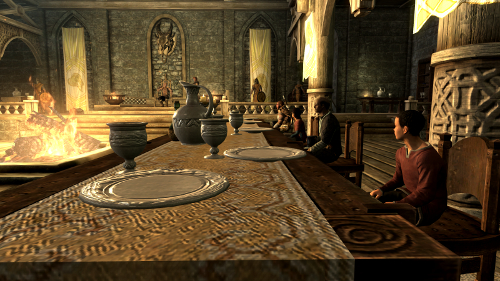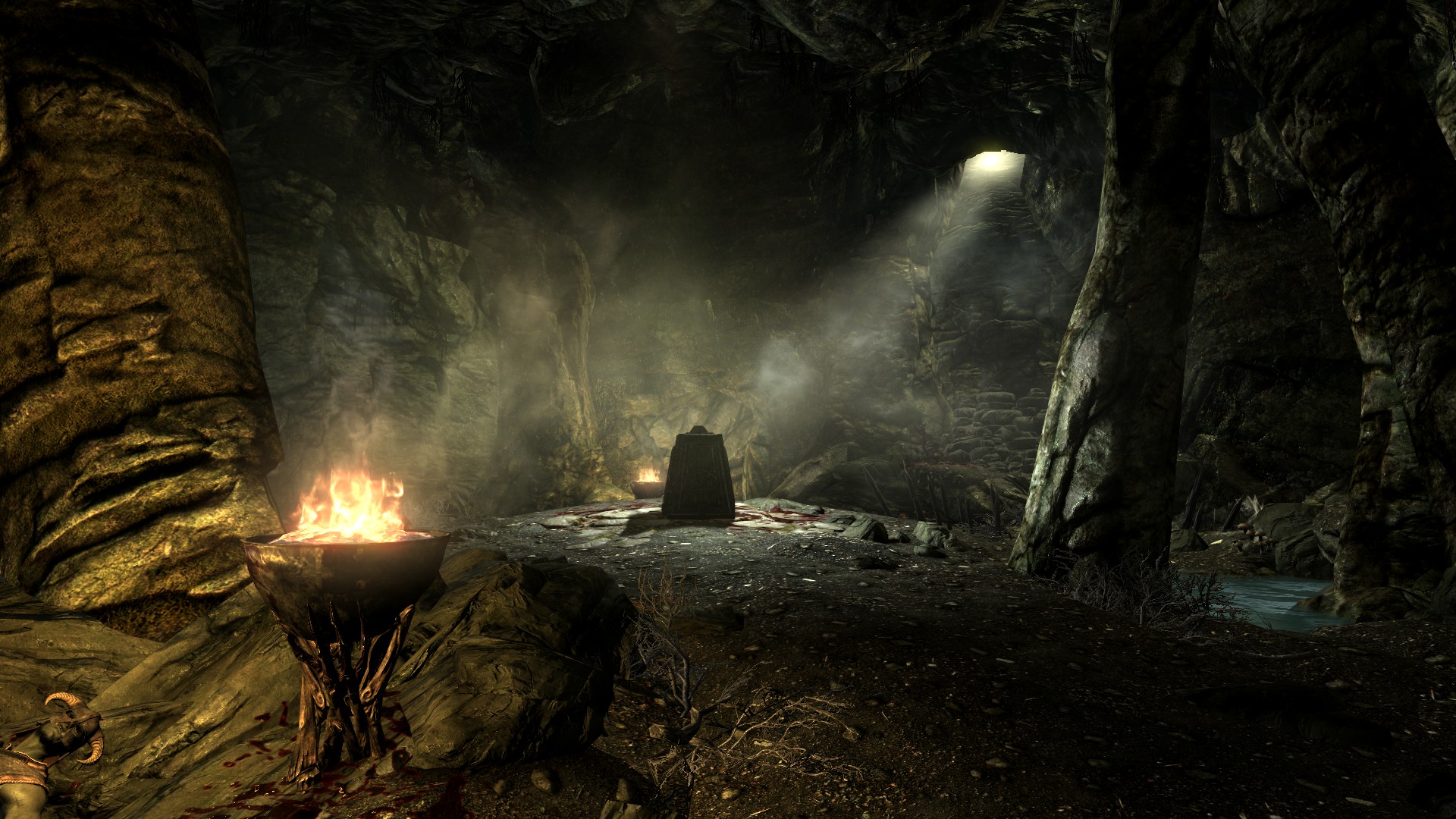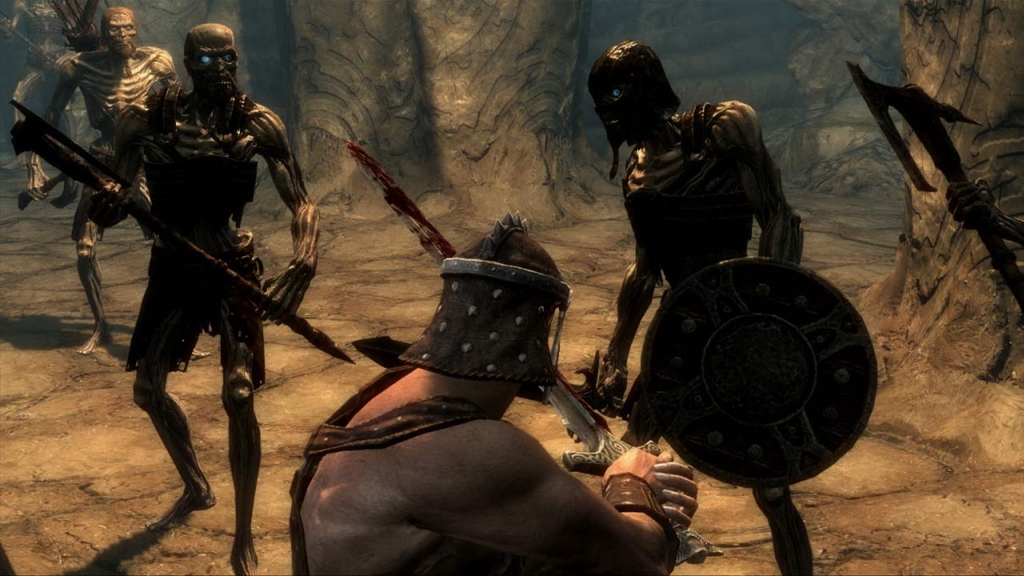Text adventures are unique in that the inputs are constrained only by game developer's imagination. A player could try to bounce a ball at an enemy, or perhaps undo their belt with magic, and if you've thought of everything, the game will be a delight to play. However in a game with infinite scale, it's easy to take forever to make your game.For projects of phenomenal size it's best to look at a game that has done scale well. I took inspiration from The Elder Scrolls series. The Elder Scrolls games have always featured huge landscapes and hundreds of dungeons and quests. How did they do it? Did they use a team of thousands and thousands working for a hundred years? No. In fact the size of the team working on Oblivion's dungeons was just one person, and for Skyrim? 8. While they have both a large budget and team available to them, Bethesda's real strength lies in their tools. The Creation Kit allows you to build dungeons and landscapes by placing intersecting chunks of themed levels. The results are many but repetitive dungeons made quickly and easily.And yet, if we look at the dungeons - particularly in Skyrim - we see that there is a lot of variation - even with a relatively small set of pieces. How can we learn from this? There are three tricks that I have observed Bethesda use to make their small subset of pieces seem like varied and vast dungeons.
Clutter

The developer fills each room with different instances of small, trivial items: chairs, plates, bowls, ceremonial equipment, whatever. These different configurations of clutter add a sense of randomness to the otherwise repetitive configurations, and in some instances add new interactivity to the scene. One example is the hanging ceramic lamps positioned recklessly above pools of flammable oil in Skyrim. They're not part of the norma level pieces, but they add to the aesthetic, and help to break up the gameplay by adding options to the player's arsenal.
Low visibility

Dungeons are dark, what does this let you do? This lets you keep details to a minimum. Add clutter into the light areas and the brain imagines it in the dark ones too. This is a great way for 3D games to conserve polygons, but there's no reason we can't prioritise in this way either.
Distractions

Enemies, quests, characters. All these things are added layers of distraction that keep the player from noticing that they're in an ever-repeating set of the same corners and wall pieces. You're not going to notice that you've seen a particular stone column before if it's being peppered with arrows fired by a malicious orc, and the wall of fire chasing you at speed is going to take your mind off the familiar coffin shapes. A sense of urgency is often best for this, time limits - however enforced - leave little time for the player to explore or take in the view, but use these sparingly; as the audience will appreciate chances to let their hearts rest.
What to take away from this
Naturally, a text adventure is different to Skyrim, you can't "see" anything, for one thing. It isn't wise to fill your locations with clutter either as each item must be enumerated on-screen. However there are certainly some lessons to be learned.
Highlight the important areas with variable clutter
Instead of filling the location with clutter why not mention it when the player inspects an important item?This blade of grip and growth lies among a bric-à-brac pile of crumbled stone and dust. You can discern of nothing useful in the pile. The blade shines with hot fury.
Vary the things the player can see
You're in a cave, I get it. That doesn't mean every cave needs one pillar to the East and a glowing chest in the centre; make each room's contents variable. In fact this is a good time to consider procedural generation.
Always have other things on the player's mind
They can't check the rock pool because a dwarf has a gun pointed at their heads or the cave is about to collapse. Be careful here though, while a time limit may appear novel to text adventures it's for a good reason. If you had only five seconds to escape that cave and you accidentally made a typo then you'd be one frustrated player. Similarly those with difficulties ruling out spelling will be instantly turned off of your game. A better approach might be to use turn-based mechanics while showing some leniency towards spelling errors.There's a lot we can learn, as game developers, from the big hits and small flashes alike, and I'm sure there's more to learn from Skyrim than just the measly portion I've included here. I can think of no better advice than to simply play as many games as you can and really think about what went through the designer's head - in both the good places, and the bad - and how they got away with engine or hardware limitations and how they dealt with scope. Remember: if you're enjoying a part of the game, then it stands to reason that you're not alone. Understand why you enjoyed it, and take that advice to heart.
Good artists borrow, great artists steal.